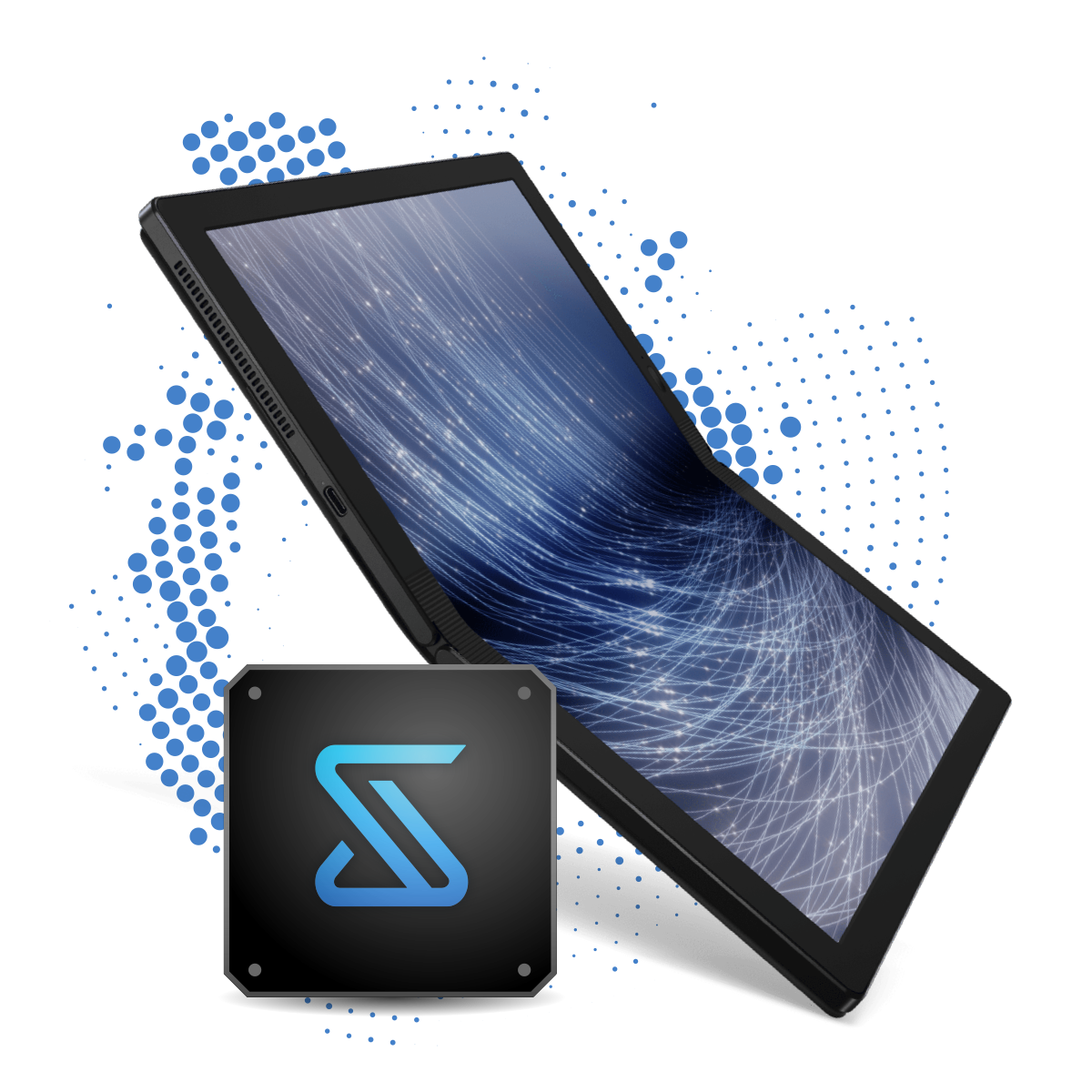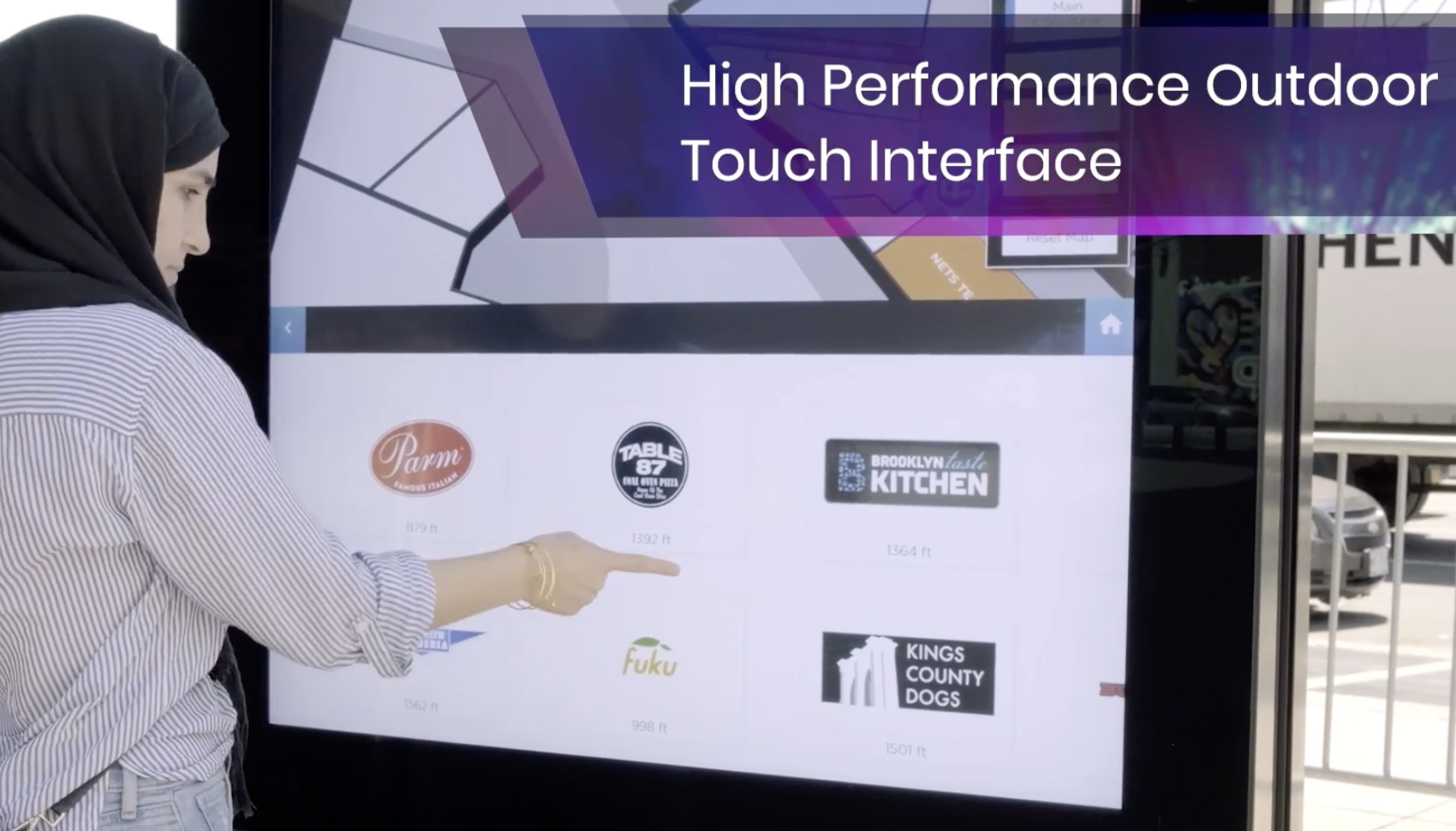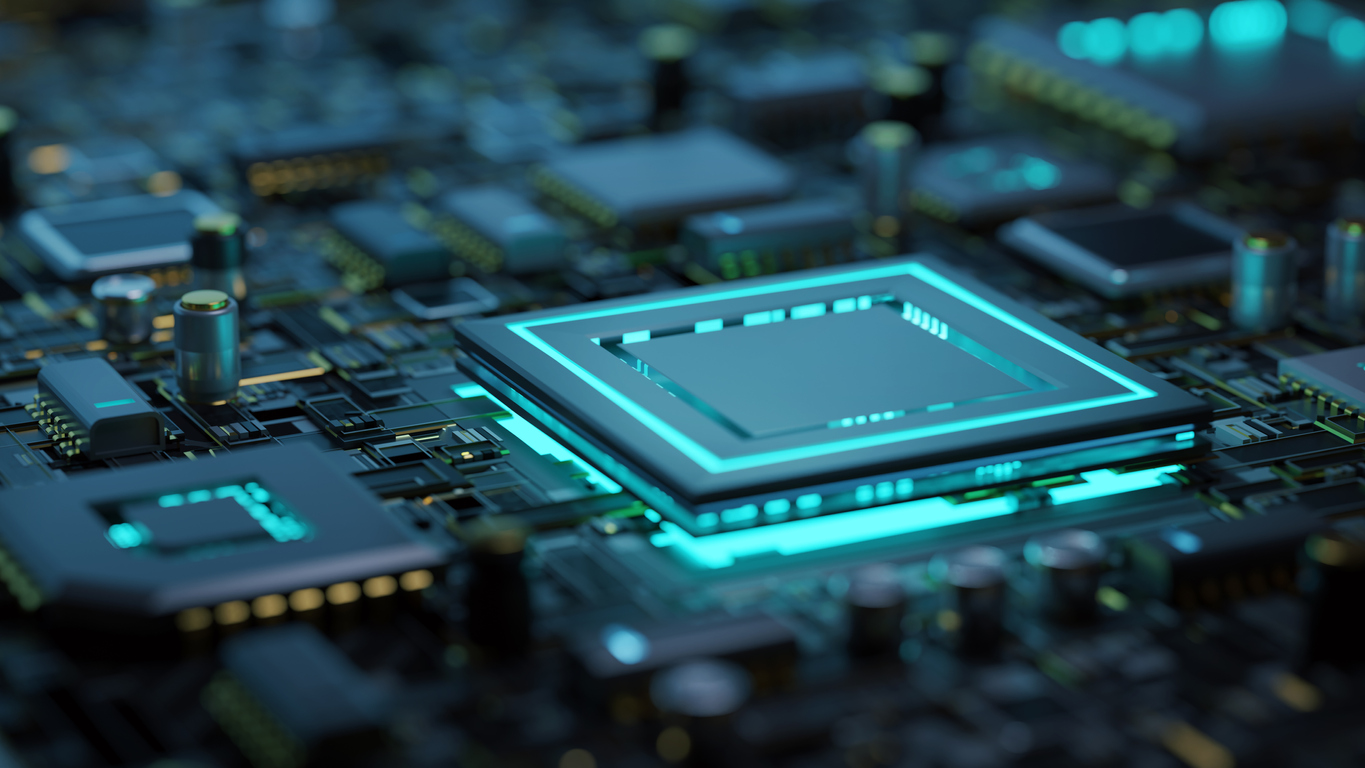by Daniel Nenni on 10-15-2021 at 6:00 am
Rick Seger is a pioneer of the PCAP touch and pen industry. Seger formerly was the President of N-trig, which incorporated PCAP technology with active pen solutions into devices for nearly all major PC OEMs. Microsoft acquired N-trig in 2015, and Seger is now the CEO of SigmaSense, a global leader in touch sensing performance. SigmaSense brings the best user experiences to products ranging from mobile phones and laptops to large monitors and digital signage. Their revolutionary new approach to sensing delivers 100 to 1,000 times improved Signal-to-Noise Ratio (SNR) performance in many instances.
We are speaking to Rick as SigmaSense is embarking on an exciting next step in their Company’s growth: they have just concluded a Series B round totaling $24 million, which will help the Company begin mass production to deliver its innovations and features to a range of applications, starting with touch and improved user experiences.
Q: Can you provide a brief background on the technology behind SigmaSense®?
Troy Gray, one of our founders, is the inventor who originally conceived the idea to use the concurrent bi-directional drive and sense for detecting changes in electric fields instead of scanning voltage thresholds. Troy is an inventor at his core and has nearly 30 years in the touch industry. Several years ago, he came up with this exciting concept based on his innate understanding of how to detect electron movement: the ability to manipulate and sense electron fields concurrently and adaptively. From this idea of concurrent driving and sensing on the same pin, SigmaSense was born.
Q: How does this technology fundamentally revolutionize the semiconductor industry?
Human factors decide the winners in almost every market. Digital devices are becoming more intuitive by leveraging AI capabilities that delight customers. For this reason, the future of semiconductors is becoming as much about sensing high fidelity analog interactions as it is about processor performance. As sensing becomes a top priority, we are shifting the industry from mature voltage mode Analog-to-Digital Converters (ADCs) to current and frequency-based ADCs. This shift moves much of what is done in analog today to 90% digital silicon.
The analog voltage-based sensing industry has been stuck for the past 40 years fighting RC time constraints to detect voltage thresholds above the electrical noise using analog processes that are difficult to scale. The technology injects latency, uses too much battery power, is limited in canceling noise, and cannot rapidly adapt to changing conditions. By contrast, current mode ADCs take advantage of scalable digital semiconductor processes that are faster, lower power, higher SNR, and less expensive to manufacture.
At the hardware level, each pin on a semiconductor IC is typically dedicated to transmitting, receiving, power, OR other communications purposes. Troy’s breakthrough can reduce multiple pins to a single pin for many applications. We apply current mode ADCs to enable a single pin to transmit, receive, deliver power, and encode communications concurrently and without muxing. Combined with AI or edge processors, rather than transmitting massive amounts of data up to the cloud, designers can be selective on the data they want to deliver, capturing the highest fidelity data from any target analog system with far higher efficiency.
We are not the only ones to see SigmaSense revolutionizing the analog-to-digital interface. With our Series B, we are adding Aurelio Fernandez to our Board, who served as the first VP of Worldwide Sales for Broadcom and is exceptionally well connected in the semiconductor industry. Aurelio joins another semiconductor veteran, David French, who was added to our Board in our previous funding round and has a long history in the semiconductor industry with NXP, Cirrus Logic, ADI, and TI.
Q: How does the SigmaSense technology work?
Our SigmaDrive® current-mode ADC technology can be applied to any impedance-based sensing problem, but let’s use the PCAP touch industry as a good example. With SigmaSense, all channels (rows and columns) are programmable and can sense temperature, pressure, capacitance, voltage, current, resistance, and impedance changes. Now, the presence of a hand or the movement of an object, whether it’s a conductive object or a dielectric, can be detected using a unique ability to see and sense all changes in the electric fields.
Q: What are the problems you are solving?
Our first product, a software-defined touch-sensing solution we call SigmaVision®, is faster and more robust than current systems. Touch defines the Human Machine Interactions (HMI), which defines the experience, which ultimately defines the brand. In the last 12 months, leading phones have struggled with firmware upgrades and failures in the field due to voltage mode touch solutions that are pushed to their limit. The touch solutions have been found to be highly sensitive to noise, slowing report rates, increasing lag, and generally compromising customers’ experiences. HMI is the wrong place to make compromises. Imagine a touch response speed that is faster and smoother for high-speed gaming or one that readily works through gloves or can even perform gesture recognition above the screen without touching. Now, picture yourself in front of a 100-inch screen that you touch with gloves through a storefront window while it’s raining. This technology enables a new class of current mode ADCs for use within an entirely new generation of faster, more responsive, and interactive devices.
Q: Why are Signal-to-Noise ratios and higher-quality data collection essential?
RS: Data starts at the sensor, at the conversion point from analog to digital, and ends with the desired output or expected response. Our silicon systems need better, faster data capture, especially as AI becomes more prevalent. We are watching now as AI systems are at the mercy of the data we load into them. The data determines the experience.
Are we surprised by garbage in, garbage out? We have nearly unlimited sensing data everywhere: flowing through our bodies, coming off a touchscreen, or inside our vehicles, including all the changes and movements of electrons through various disruptions and interactions. Identifying which data is to be processed, which has the highest value, and which provides the best results will require high fidelity data provided by software-defined sensing systems that are adaptive and flexible. Analog systems are chaotic, changes are continuous, happening in real-time and cloud processing is not efficient, so we see significant silicon investments to improve processing performance at the edge.
Q: Why is SigmaSense’s ultra-low voltage a breakthrough in the semiconductor space?
We have developed a single pin on a semiconductor device that can concurrently transmit, receive, communicate and provide power using ultra-low voltages, up to a thousand times lower voltages than what our competitors need for sensing in that same environment. The breakthrough means we no longer need high voltage signals to get above a noise floor. The benefits of ultra-low-voltage sensing are lower power consumption, longer battery life, lower-cost materials, better display optics, improved sensor reliability, and lower emissions.
Q: What trends do you see in the semiconductor space?
Recent semiconductor shortages have driven an increased focus on semiconductors’ importance in all our lives. Markets will drive semiconductor designs to higher efficiency, specifically a renewed focus on more efficient processing at the edge. Better sensing data is critical for our devices’ “end-to-end” processing performance and ultimately determines the human factors we want.
Many industry leaders are beginning to put a priority on end-to-end processing performance. The focus on semiconductors delivering raw processing performance will not end. Still, many of the most significant benefits of mixed-signal performance and efficiency are silicon, enabling better data capture. Silicon enablement of adaptive sensing systems is sure to win the new end-to-end processing challenge.
Our recent Series B fundraise and the addition of two semiconductor veterans to our board in the past year makes us very well positioned for making substantial impacts in a range of mixed signal markets. While we’re initially focused on capturing sizable market share in the touch and HMI (Human Machine Interface) markets, we will then extend our technology into wearables, bio-sensing, IoT and automotive applications.



